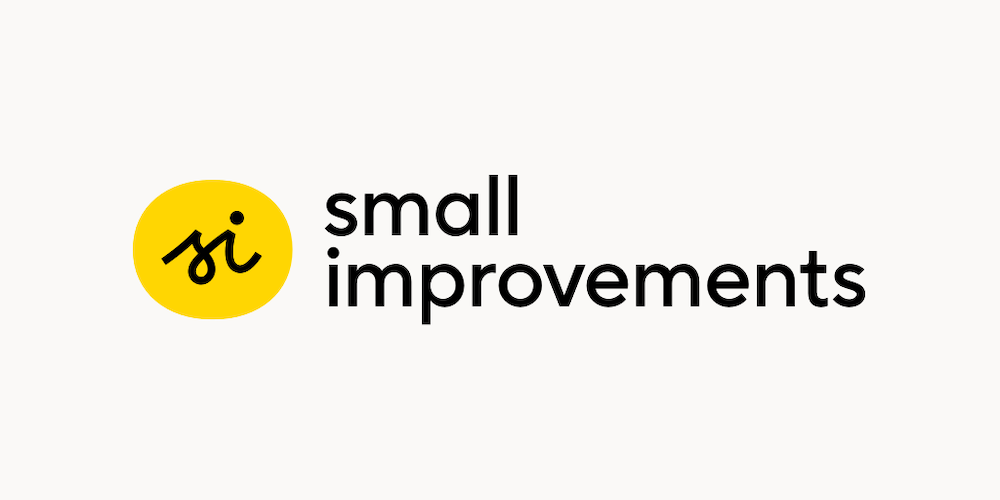
Should 360º Feedback be anonymous?
One of the most common questions that come to mind when launching a new 360º Feedback cycle, is if you should hide the identity of who is leaving feedback. As an HR Admin, it can be a bit intimidating deciding between these options so it’s important to make an informed decision that also incorporates the feedback of your team.
Table of Contents
Ways to determine if transparency or anonymity is right for you
Let your company culture guide you
If you have a transparent team culture that incorporates communication styles like radical candor, then being upfront about the identity of who is leaving feedback only enforces this culture.
If you’re worried that employees may be afraid of blowback about their feedback for others, then the underlying issue is likely how constructive feedback is being delivered. This opens up a coaching opportunity with your team to better understand the ways they can provide transparent feedback.
Poll your team
You can use our Pulse Survey to poll employees on whether or not they’d like to have their feedback anonymous for your upcoming 360º cycle. This allows you to gauge how comfortable employees will feel providing feedback if the receiver is aware of who it’s coming from, or if they’d prefer to remain anonymous.
You can use this opportunity to present your team with the pros and cons of each option, as well as have an impromptu session on what it means to provide constructive feedback. You can also gather feedback about what employees would like to see as part of your cycle if their feedback is not anonymous.
The benefits and considerations of transparency in 360s
Transparency is an opportunity for continuing conversation
When employees receive feedback from someone they’ve nominated and know who it’s coming from, it immediately opens up an opportunity for conversation between both parties. They’ll have the opportunity to provide feedback on the feedback they’ve received – strengthening an ongoing feedback culture.
Transparency encourages constructive feedback
Whereas anonymity can sometimes lead to uncivil behavior, transparency encourages responsibility for your team – knowing that what an employee says will be associated with them increases the level of professionalism and constructiveness.
Transparency encourages ongoing trust
If employees are worried about potential fallout due to honesty in a transparent feedback cycle, it’s best to develop and set forward a level of trust ahead of time. Clarifying to your team that there won’t be any negative consequences based on their honest and transparent feedback is a good start.
Settings some ground rules and guidelines on the best way to provide constructive feedback helps to facilitate a smooth feedback cycle.
Feedback is more specific and actionable
Employees who are leaving anonymous feedback may avoid giving too much detail in order to not be identified by their feedback later on. With transparent feedback, employees will be able to get into the details of their feedback, by providing specific and actionable improvements for the reviewee.
Tips for anonymous feedback
If your team prefers anonymous feedback or your leadership has decided it’s the best path forward, there are some things you can do to make sure it’s a positive experience for everyone.
Set clear expectations and boundaries
Set a list of expectations and guidelines for employees to help them better understand the level of feedback you’re looking for. Setting ground rules about professionalism and the tone of voice that is used during anonymous feedback will help to guide them towards more constructive feedback.
Encourage specificity
With anonymous feedback you run the risk of not obtaining actionable feedback, or even potentially lazy feedback that is more negative than constructive. To counteract this, provide guidelines on how to provide constructive and actionable feedback so employees can walk away with potential improvements.
Avoid anonymous feedback from managers
Developing a relationship between employee and manager that encourages an open dialogue, coaching, and personal development is not as feasible if this feedback is anonymous.
Your Next Steps
At the end of the day, if you’re actively encouraging transparent feedback during your 360s, as well as further the conversation after the cycle ends, employees will be able to continue to develop this honest rapport during day to day conversations without waiting for a 360º cycle where they can leave anonymous feedback.
If you’re interested in different approaches on 360º Feedback, check out our eBook on Human-Friendly Performance Management.
Discover more resources

5 ways to conquer quiet quitting with effective upward feedback
Unless you’ve been living under a rock, you’ve probably heard of “quiet quitting”. We’ll show you how to use upwards feedback to beat the phenomena.

1:1 Meeting Templates: Guide your team to better conversations
We’re excited to launch 1:1 Meeting Templates, allowing our customers to provide predefined Talking Points to their team so they can have more meaningful conversations.

Should I be S.M.A.R.T.?
A first-person look at setting professional objectives in accordance with the S.M.A.R.T. method.

Why we give back: Our 2016 donations
Last year Small Improvements donated $68,000 to various charities. We show where each dollar went.

Small improvements we’ve made so far: Our mid-year product updates
This year has been flying by, and the Small Improvements team has been busy. Here’s a rundown of the most important improvements we’ve made so far in 2022.

Calendar integration: Never miss important deadlines again
Have you ever missed an important event? Do you manage SI review- or objective-cycles? Then our new calendar integration is for you. You – the HR person – can now easily subscribe to SI events and then your preferred calendar can remind you of vital SI cycle milestones. Why is this important? Imagine you (or your…